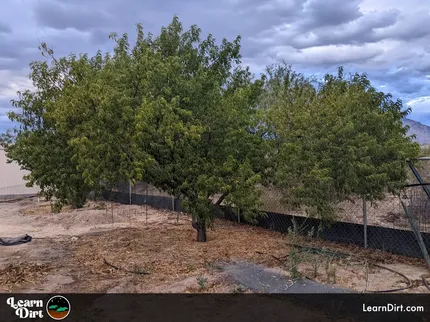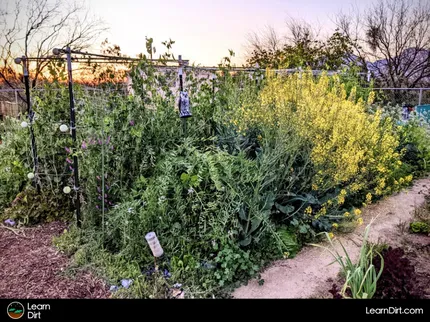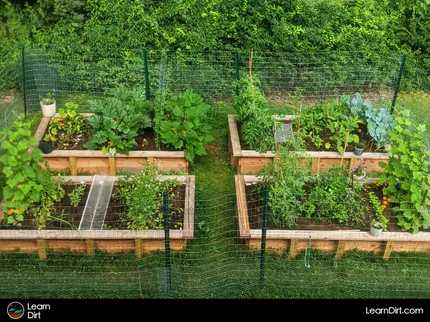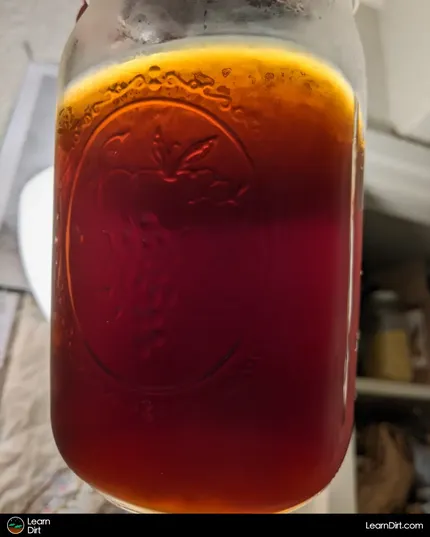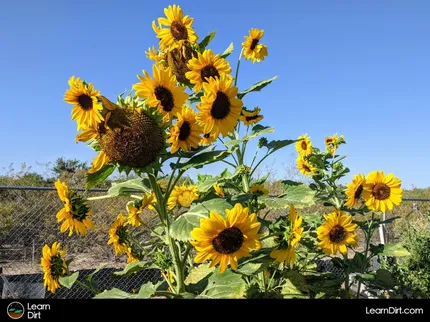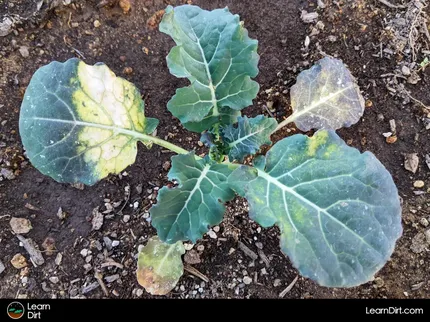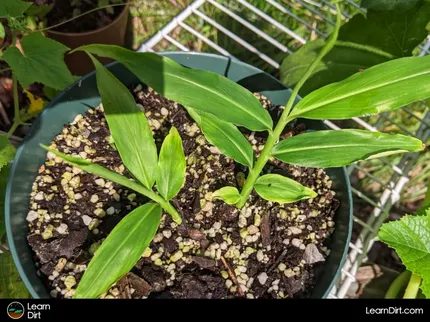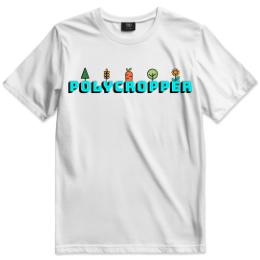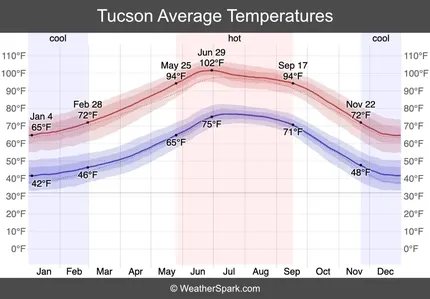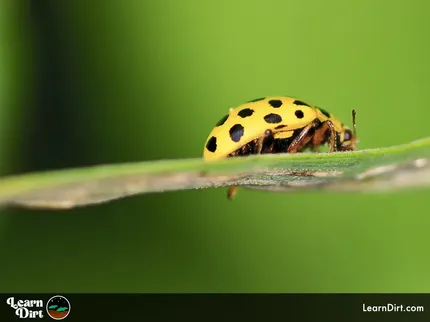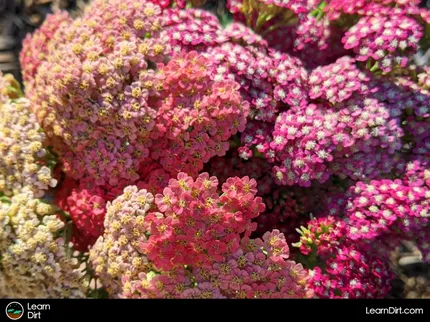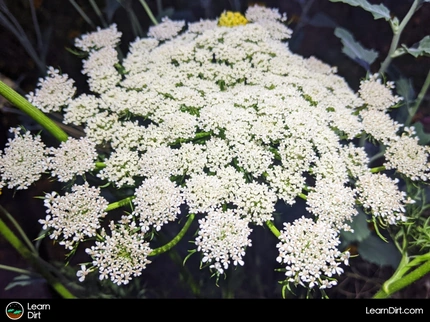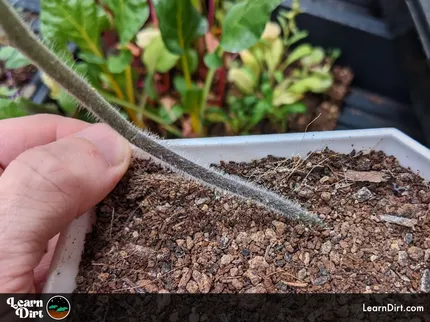Table of Contents
* Our articles never contain AI-generated slop *
Curious what to plant in Tucson in September? September is a super busy month for Tucson gardeners! As other climates are winding down, we're prepping for what is essentially our "second spring."
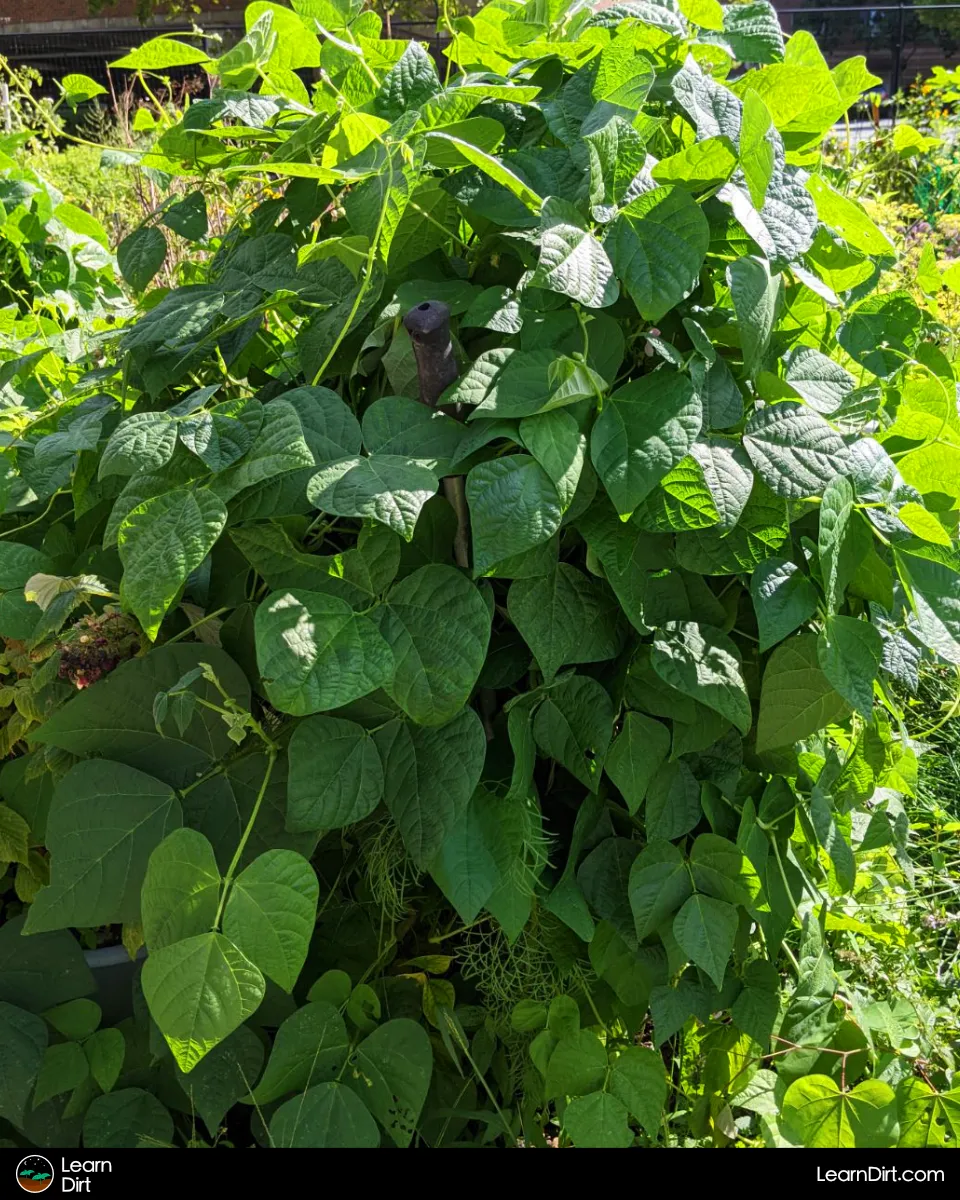
It's exciting and stressful simultaneously, but I really love it.
Weather
Autumn is quickly approaching and as the temps drop below 100F, often for the first time in months, there's a ton of new possibilities that open up!
Disclaimer: This post may contain affiliate links. Refer to the privacy policy for more information.
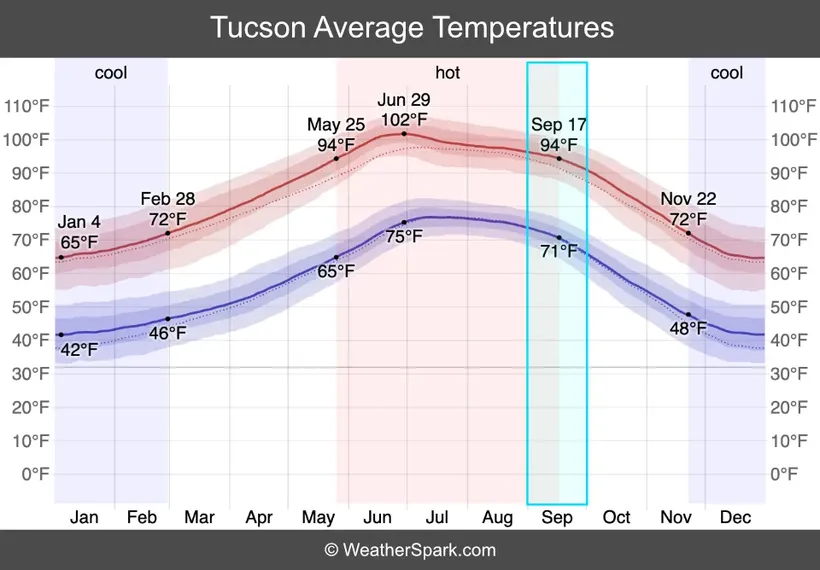
Overnight average lows drop from 74F to 66F during September.
There's still time to direct sow seeds for warm shoulder season crops, like beans and summer squash.
Keep in mind if you've waited until September to sow your squash and beans, you'll likely get a harvest but will be racing against the frost. This is a risk that has panned out for me enough that I choose to keep planting warm season until September 1st.
It's also another short potato season if you want to grow fingerings - get you chitted potatoes in the ground ASAP.
At the same time, there are endless winter crops which can be started from seed indoors.
You can get the jump on the upcoming cool season while your warm shoulder season crops are growing in the field.
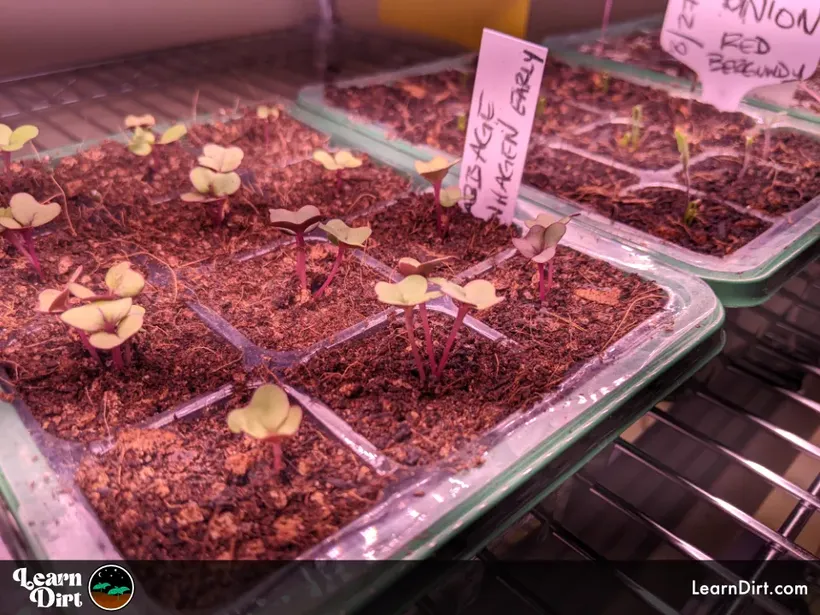
These will go out into the field late next month.
With all the excitement comes a lot of work, but consistency and diligence in your indoor seed-starting in September will pay off big in a month or two.
Join The Grower's Community
A free & open space for anyone who is passionate about cultivation 🌱
Check It Out!
Don't stop planting seeds, but remember to enjoy the process!
Planting
Cover Crops & Forage
Always listed first as cover crops are the most important crops to grow in my opinion!
September opens up the world of cool season cover crops to you, and there are plenty of good choices.
When in doubt, definitely try a mixed polycrop with your covers. Diversity always helps in the garden to limit your failures and increase your chances of success.
1st Half of September
BROADCAST OUTDOORS:
Buckwheat, Cowpea, Flax, Millet, Quinoa, Sesame
DIRECT SOW / DRILL OUTDOORS:
2nd Half of September
BROADCAST OUTDOORS:
Chicory, Common Vetch, Crimson Clover, Hairy Vetch, Flax, Forage Radish, Oilseed / Daikon Radish, Red Clover, Tillage Radish, Yellow Clover, Yellow Mustard, Sesame, Sweetclover, White Sweetclover
DIRECT SOW / DRILL OUTDOORS:
Buckwheat, Chicory, Corn, Cowpea
Herbs
You can finish moving your warm season herbs outside in September, as you begin to look towards cool season herbs.
Get a jump on the cool season herbs indoors from seed while you finish up moving the final warm season herbs to the field.
Fruits & Vegetables
1st Half of September
SOW INDOORS:
Artichoke, Arugula, Bok Choy, Broccoli, Brussel Sprouts, Cabbage, Cardoon, Cauliflower, Celery, Chicory, Chives, Collards, Cucumber, Endive, Escarole, Fennel, Kale, Kohlrabi, Leek, Lettuce, Mizuna, Mustard, Napa, Onion, Romanesco, Spinach, Swiss Chard
DIRECT SOW OUTDOORS:
Bush Bean, Cucumber, Potato, Summer Squash, Tepary Bean, Zucchini
HARDEN OFF & TRANSPLANT OUT:
Bush Bean, Celery, Chili Pepper, Cucumber, Summer Squash, Sweet Pepper, Tepary Bean, Tomato, Zucchini
2nd Half of September
SOW INDOORS:
Artichoke, Arugula, Bok Choy, Broccoli, Brussel Sprouts, Cabbage, Cardoon, Cauliflower, Celery, Chicory, Chickpea, Chives, Collards, Endive, Escarole, Fava Bean, Fennel, Kale, Kohlrabi, Leek, Lentil, Lettuce, Mizuna, Mustard, Napa, Onion, Romanesco, Spinach, Swiss Chard
DIRECT SOW OUTDOORS:
Arugula, Beet, Bok Choy, Broccoli, Brussel Sprouts, Cauliflower, Chicory, Chickpea, Collards, Cucumber, Kale, Kohlrabi, Lentil, Mustard, Napa, Parsnip, Radish, Romanesco, Rutabaga, Swiss Chard, Turnip
HARDEN OFF & TRANSPLANT OUT:
Bok Choy, Broccoli, Brussel Sprouts, Cauliflower, Chicory, Chili Pepper, Chickpea, Collards, Cucumber, Kale, Kohlrabi, Lentil, Mustard, Napa, Romanesco, Sweet Pepper, Swiss Chard

It's worth noting that squash vine borer pressure is greatly reduced in the desert in autumn as compared to spring.
You may be able to get away with fewer zucchini plants in the fall vs the spring because of this.
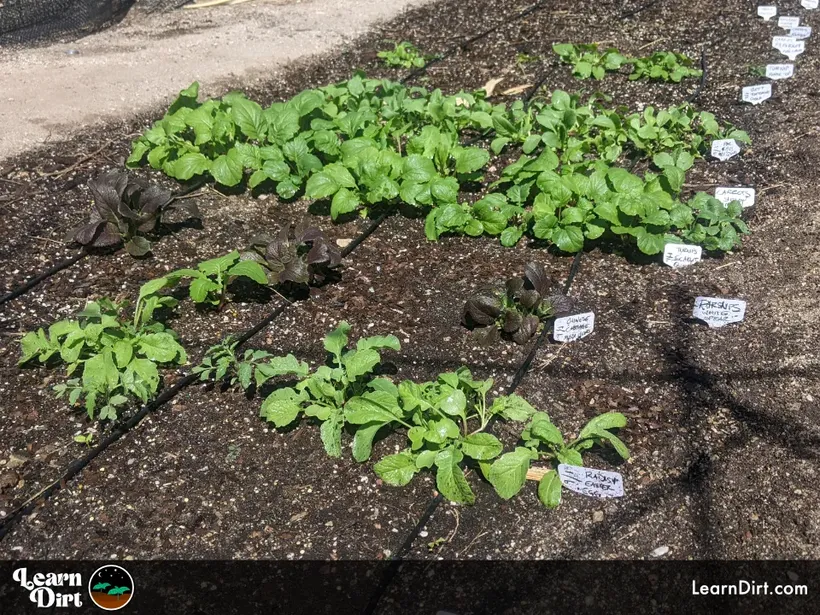
Swiss chard, radish, napa cabbage, parsnip, turnip, carrot, bok choi, beet all great September crops in the Sonoran Desert.
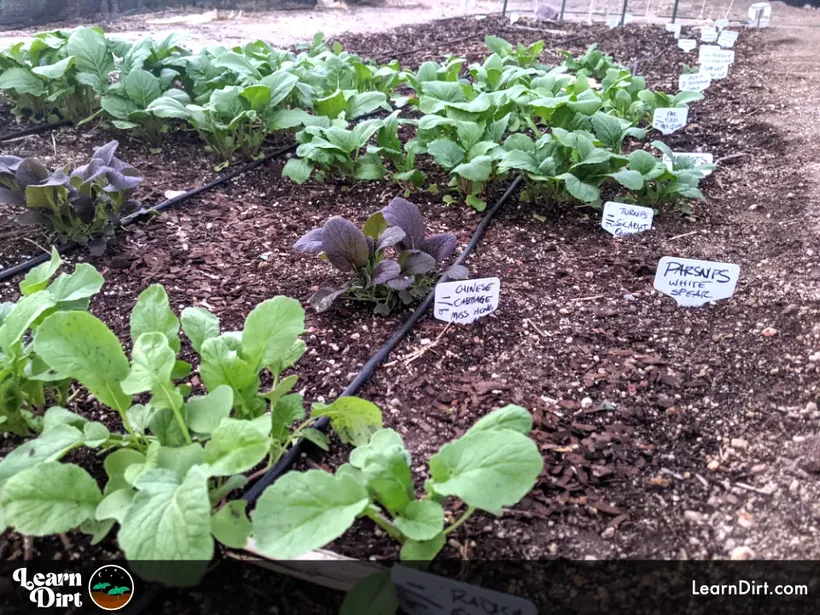
Grains, Seeds, & Cereals
Flowers
1st Half of September
BROADCAST OUTDOORS:
PLANT FROM BULB:
2nd Half of September
BROADCAST OUTDOORS:
Desert Chia
PLANT FROM BULB:
Keep in mind that there may still be lingering days of 105F - 110F early in September.
Get the last of your warm season crops out, like beans, cucumbers, and squash. That is if you're willing to risk a small harvest due to a possible early frost. This bet could pay off big, though

Transplanted into the field on September 1st, I was seeing flowers before the end of September.
Consider your risk tolerance for losing some early cool season seedlings to lingering heat, vs waiting until next month to direct sow cool season seeds.
If you do direct sow cool season crops in September, be extra sure to water the top layer of soil lightly at least 1x per day, ideally 2-3x per day for the first week while seedlings germinate.
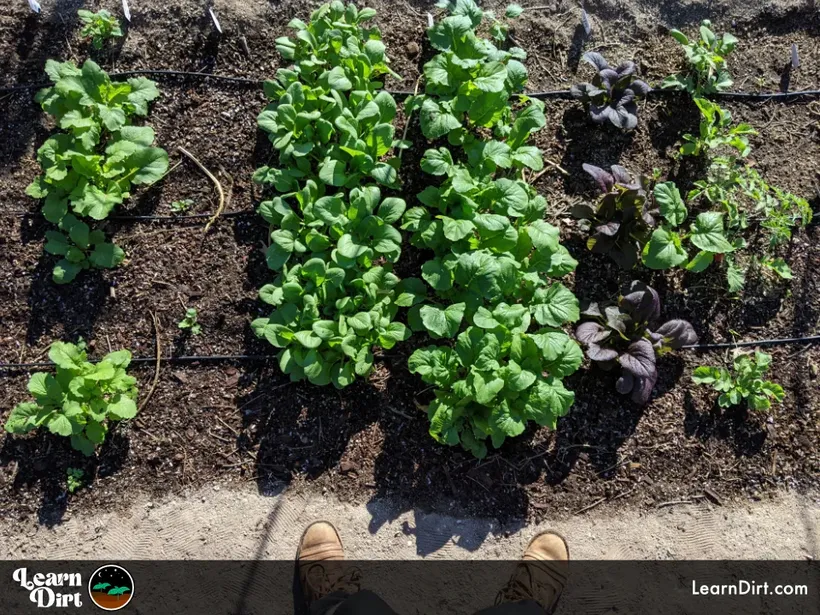
Seen here by the end of September
Radish, Turnip, Bok Choy, Napa
September can be harsh on cool season seedlings, but if you can see them through it you can get a great early jump on the upcoming season.
Harvesting
Produce
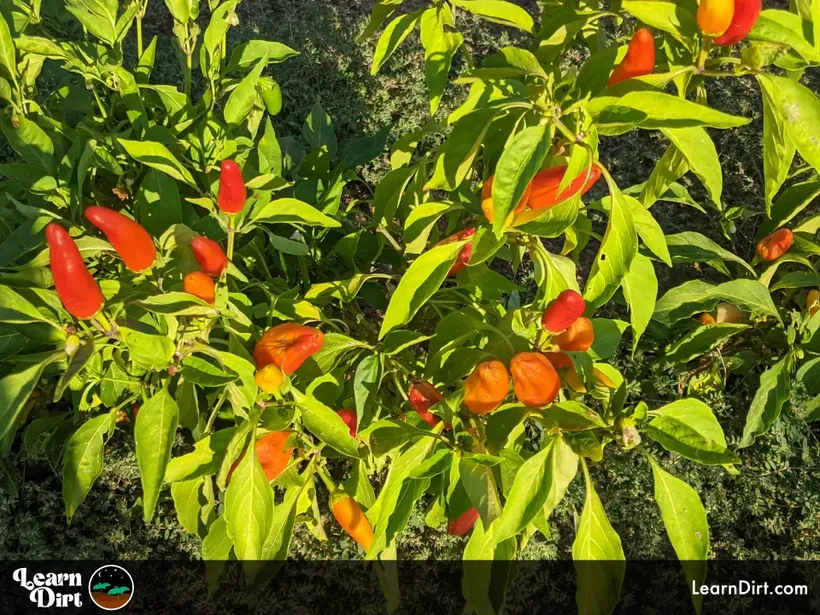
1st Half of September
Pole Bean, Roselle Hibiscus
2nd Half of September
Pole Bean, Roselle Hibiscus

Seed Saving
1st Half of September
Peppers
2nd Half of September
Peppers
Cut Flowers
1st Half of September
Gaillardia
2nd Half of September
Gaillardia
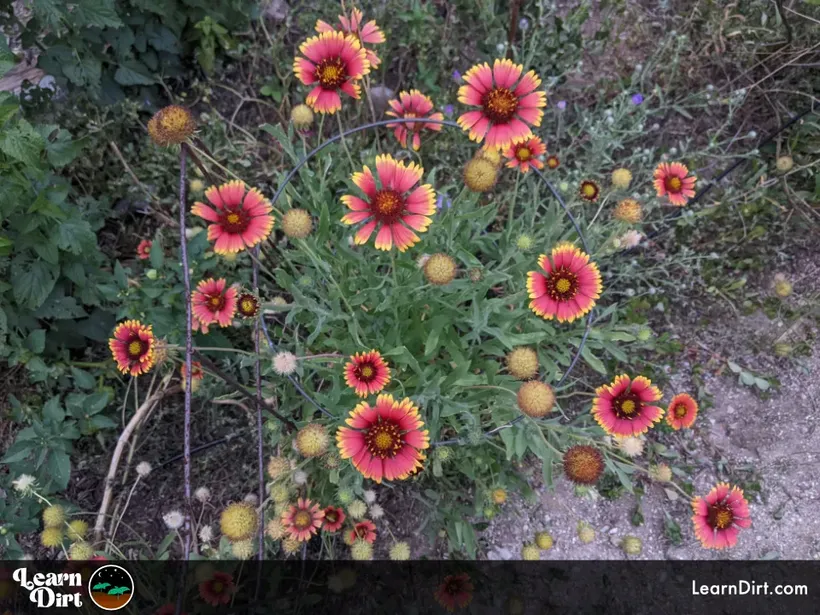
Weeding
Weeds to Pull
Needle Grama
Watch out for needle grama (Bouteloua aristidoides) this month. It's easy to pull, scythe, or weed-wack but it goes to seed rapidly.

thrives on monsoon rain the Sonoran Desert lowlands.
Needle grama is at its worst in Tucson in September, especially after a heavy monsoon. It doesn't tolerate winter frosts well, however. For this reason, it will race to go to seed before November. Just keep it pulled or chopped back until November if you don't want grama in your garden, and you're fine.
Remember that while chopping back grama may be work, it's also adding carbon to your soil. Chop it before it goes to seed, and it makes a great mulch of addition to your compost. If nature wants to grow grama, utilize those nutrients to help you grow more of what you like.
Spurge
Spurge and sandmat starts cropping up this time of year, and a lot of gardeners do treat this as a weed and pull it.
Personally, because of its low growth habit I treat this like an invaluable living ground cover and only pull it if it gets in the way.
I especially like how the spurge covers and protects soil in unplanted areas around the garden where I haven't mulched or planted other living cover. I let nature do the hard work of protecting by soil, and spurge is a great ally for that in my opinion.
If you do pull it, you'll probably want to wear gloves as it's very sticky and prduces a milky sap that takes some scrubbing to get off your hands.
Dig Cool Merch?
More Tucson Planting Calendars
Know some plants I missed for September in Tucson? W'd love to hear from you over on the forum!
That's all for now, thanks for reading!
If you have any questions, comments, or would like to connect with fellow gardeners, head on over to the forum and post there.



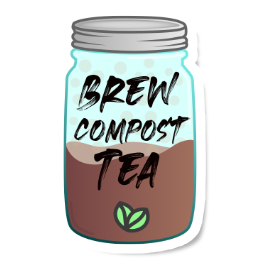
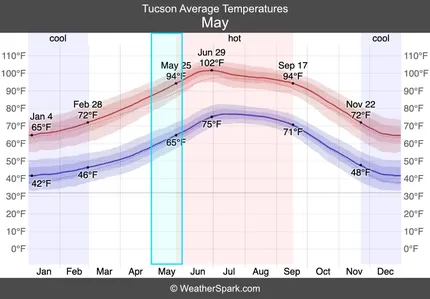

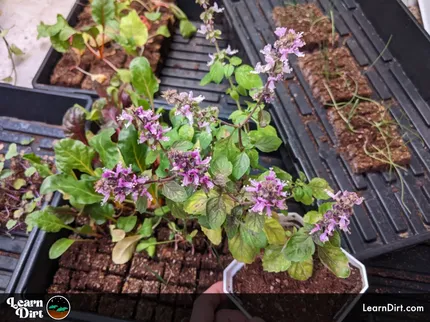
![Don't Till Away Your Carbon [Neon]](/media/product_images/dont-till-away-your-carbon-[neon]_sticker_260x260.png)


